Monitoring blood pressure at home has become an essential part of health management, especially for people with high blood pressure or heart problems.
However, although measuring blood pressure is simple, there are still a few things to keep in mind to get accurate results.
Leading medical expert, Dr. Sudhir Kumar - Consultant Neurologist at Apollo Hospitals (India), with 30 years of experience, shares step-by-step on how to accurately measure blood pressure at home.
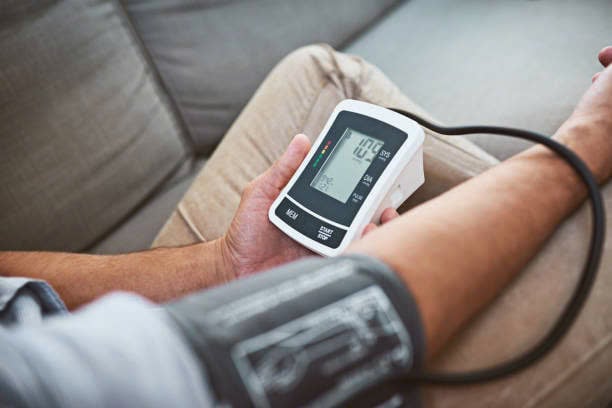
Although measuring blood pressure is simple, there are still a few things to keep in mind to get accurate results.
These steps include:
- Use a calibrated blood pressure monitor.
- Measure blood pressure in a quiet room after sitting for 5 minutes with arms and back supported.
- Measure twice a day, the first time in the morning before eating or taking medicine, the second time in the evening, preferably at the same time every day. Each time, measure twice, 1-2 minutes apart.
- Record the results of the measurements to report to the doctor.
Mistakes to avoid when measuring blood pressure at home
Although measuring blood pressure at home is convenient, it is important to be aware of common mistakes that can lead to accurate results:
Measure your blood pressure immediately after waking up. Dr. Kumar emphasized that you should not measure your blood pressure immediately after waking up. Dr. Palleti Siva Karthik Reddy, a physician at Koshys Hospital (India), also advises against measuring your blood pressure immediately after waking up. The reason is that the body's natural circadian rhythm can cause a spike in blood pressure and heart rate immediately upon waking.
Dr Reddy advises: Measure your blood pressure at least 30 minutes to 1 hour after waking up to ensure accurate results, according to the Indian Express.

Doctors emphasize not to measure blood pressure immediately after waking up.
Incorrect cuff size. Using a cuff that is too small or too large can cause errors. Make sure the cuff fits snugly around your arm. Remove your jacket or roll up your sleeve before measuring and place the cuff on bare skin. Putting the cuff on your sleeve can affect the measurement.
Incorrect arm position . Always use the same arm when measuring blood pressure. The arm should be placed on the table at the same level as the heart. If the arm is too low or too high, the measurement may not be accurate.
Talk or move. Moving or while taking a blood pressure reading can increase talking the reading. Sit still and avoid distractions.
Caffeine and exercise. Caffeine and exercise can temporarily increase blood pressure. Avoid these two for at least 30 minutes before measuring, according to the Indian Express.
Full bladder. This can slightly increase blood pressure. Empty your bladder before taking the measurement.
Incorrect posture. Sit up straight with your feet flat on the floor. Slouching or crossing your legs can affect blood flow and skew your results.
Blood pressure changes throughout the day. Readings are usually a little higher in the morning. Also, blood pressure may be a little lower at home than in the doctor's office.
Contact your doctor if your blood pressure is higher than normal.
Source: https://thanhnien.vn/bac-si-nhung-sai-lam-de-mac-khi-do-huyet-ap-tai-nha-185241111221628077.htm














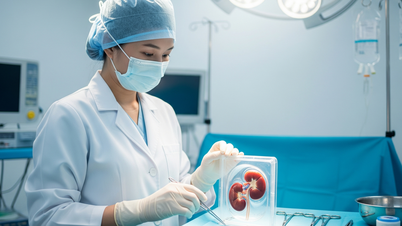



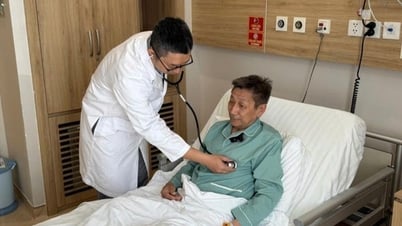










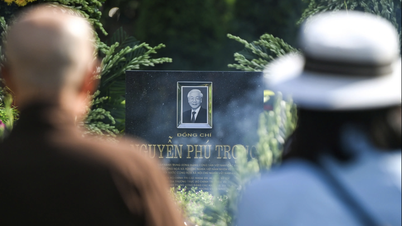









































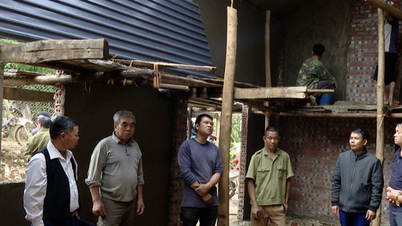









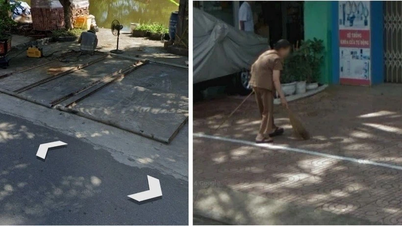




















Comment (0)